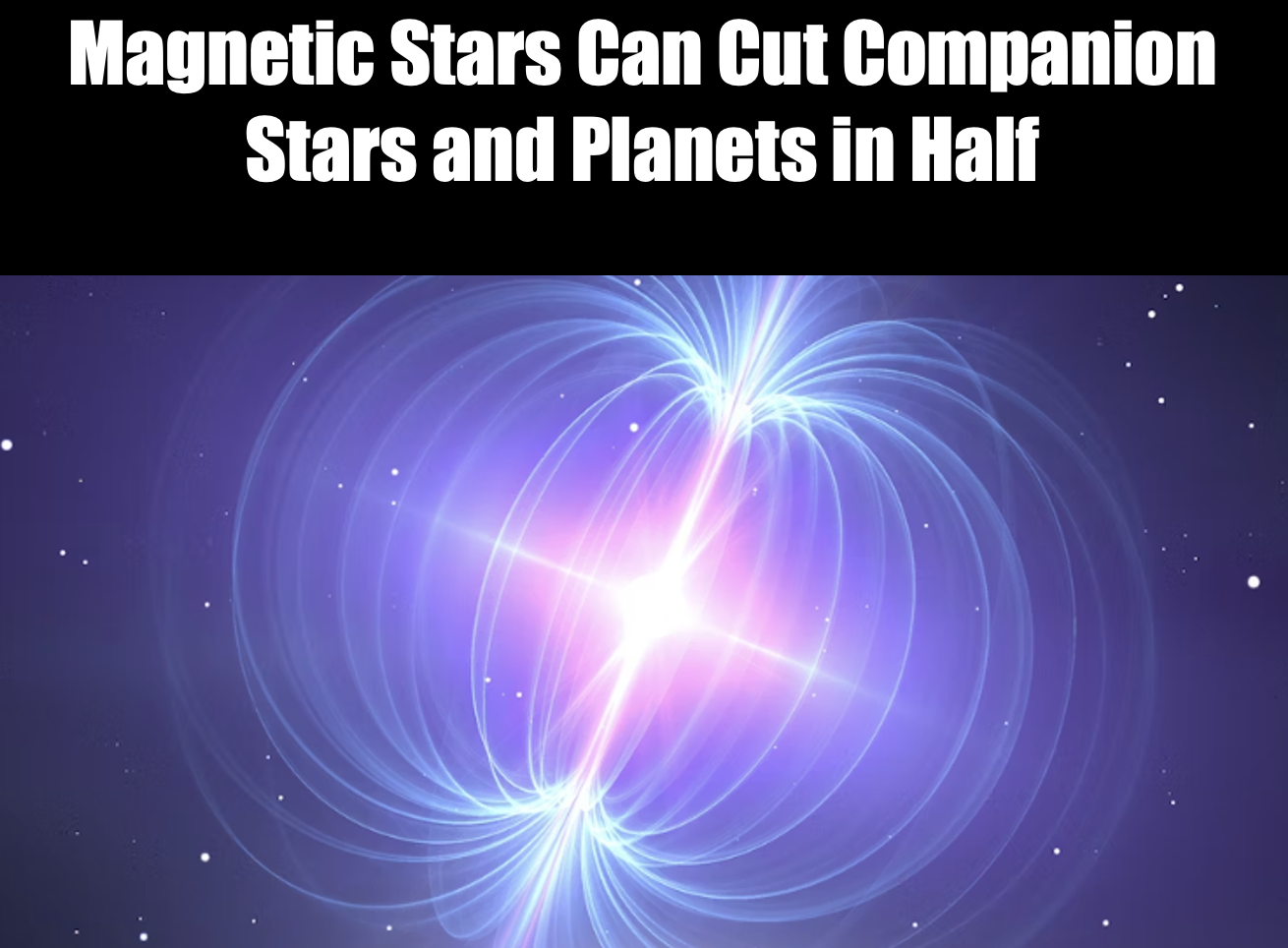Vera Rubin Telescope Could Detect Mars, Mercury And Pluto Sized Planets from 2025-2035
Researchers estimate that the number of captured free-floating planets in the outer solar system with mass strictly greater than that of Mars is ∼1.2 and that the number of such planets with a strict cutoff at the mass of Mercury is ∼2.4. When they instead adopt logarithmic bins centered at the Mars mass and the …











